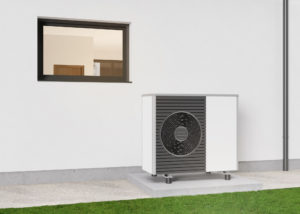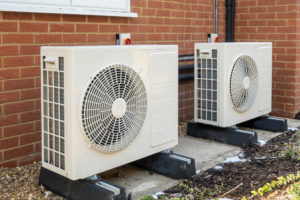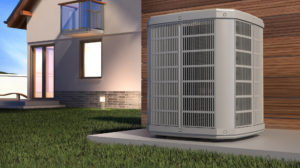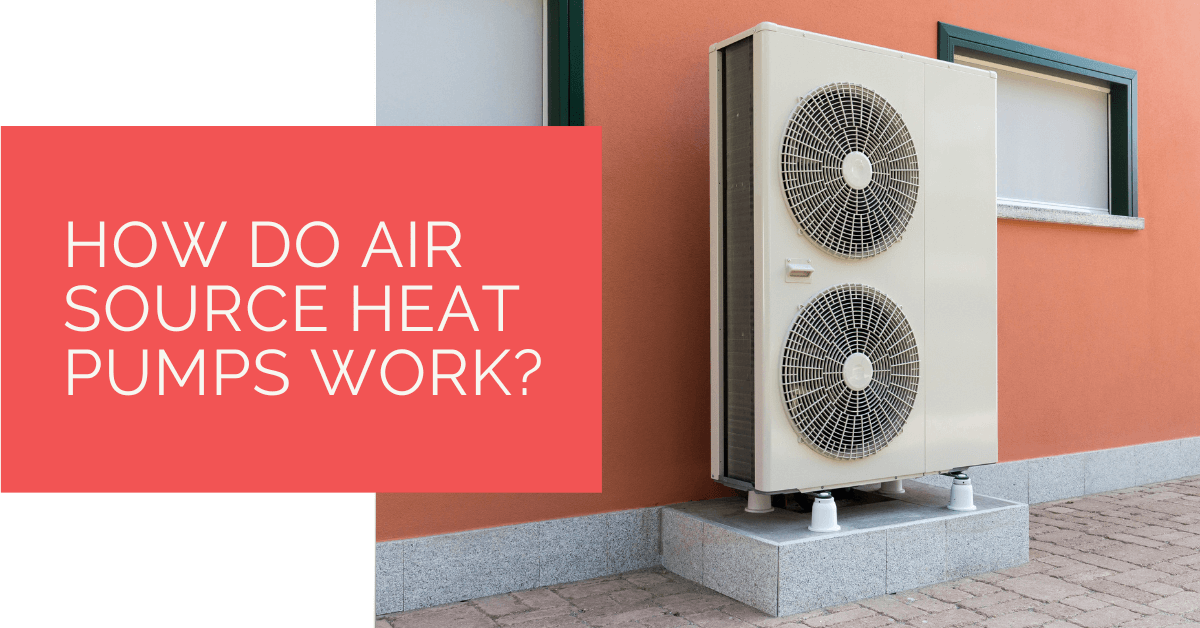Nobody likes to spend time outdoors in the chilly winters. Leaving the warm interior is a struggle. But, the winters would be equally brutal inside your homes if the heating system stopped working for a day.
The heating systems heat your home to keep you comfortable and warm. Among the different types of heating systems, heat pumps are very common. According to a report of the Net Zero Emissions by 2050 Scenario by the International Energy Agency (IEA), the stock for an installed heat pump is projected to reach 600 million by 2030.
If you’re looking for a heating system for your home this winter, read ahead to find out why air source heat pumps are the right choice.
Contents
Key Takeaways
- Air source heat pumps efficiently heat and cool homes by absorbing heat from outside air and transferring it indoors.
- There are two main types of air source heat pumps: air-to-air and air-to-water, with air being the most common heat source for these pumps.
- Before installing an air source heat pump, it’s important to ensure your home is well-insulated. The installation cost can vary based on factors like pump size, house size, and installation type, typically between £15,000 and £20,000.
What is an Air Source Heat Pump?
Almost all regions that experience cold winters have used air source heat pumps for years. Except for places that experience sub-zero temperatures, air source heat pumps are highly efficient in heating your home. Some pumps are designed in a way that can be used for cooling your home in summer. So, an air source heat pump can function as a heater and a cooler.
The heat pumps look similar to an air conditioning unit that can be installed outside your home. The size depends on the amount of heat needed to be generated. Particularly for big houses, a large unit is required.
Air source heat pumps are efficient and energy-saving. It absorbs heat from the outside air, which becomes heated after passing through a compressor. After the increase in temperatures, it transfers to the interior. This heat can also flow to your home’s radiators, warm air convectors, and heat water.

Types and Source of Heat Pumps
Air source heat pumps are of two types-
- Air-to-air heat pump in which heat is transferred into your home through a system after being trapped from the outside air to heat your interior
- Air-to-water heat pumps draw heat from the air outside in a similar manner and carry it to the central heating system for heating up water, radiator, or underfloor heating in the interior of the house
The heat source for the heat pump determines the system’s performance. As a renewable heating incentive, two of the most common sources are air and ground.
- Air-Source: This is the most common and preferred source for heat pumps across Canada and USA. The heat pump rejects heat outside during the summer cooling season and absorbs heat from the outside air during the winter season when heating is required.
Individuals may be surprised, but the air can be trapped to convert into heat even when the wind is chilly outside.
- Ground-Source: Ground source heat pumps are less common than air-source. It harnesses heat from the underground, groundwater, or both.
The performance of this heat pump is similar to the air source or even better. This is because while there may be fluctuation of air, the ground remains more or less constant for temperature source.

How Do Air Source Heat Pumps Work?
Air source heat pumps work in a process similar to how refrigeration works. During the heating process, the air that is trapped from outside goes through the following processes:
- Firstly, there’s an expansion device that changes the liquid refrigerant to a low-pressure vapour mixture. There’s an evaporator coil outside which collects this mixture. It then absorbs heat from the outside air. After boiling, the heat becomes a low-temperature vapour.
- In the next step, the vapour passes to the accumulator before entering the compressor. In this stage, the accumulator collects any remaining liquid. The vapour then heats up after reducing in volume.
- In the last stage, the condenser located in the interior, also called the indoor coil, collects the gas. The heat from the gas warms up the indoor air, and the refrigerant condenses into a liquid. This liquid goes back to the expansion device, and the cycle continues to heat up your interior.
If your air source heat pump is meant to cool your home in the summer, then the cycle is reversed. The reversing valve situated near the compressor is responsible for changing the flow of the refrigerant.
The outdoor temperature has a significant role to play in determining the pump’s ability to transfer heat from the outside air.
Most air pumps have a minimum operating temperature. If the temperature drops below a certain temperature, then the pump’s heating system may not function, or a supplement system may be required. It is called the thermal balance point.

Do I Need to Insulate My Home Before Installing Heat Pump?
To make the most of your air source heat pump and for the system’s efficient performance, you should ideally have an insulated home.
Heat loss through roof, walls, and floors are common. So, before installing an air source heat pump, check the insulation state at home. If required, you may need to improve it. Even if the pump generates low heat, this will ensure that the heat is trapped inside, providing maximum warmth.
Consider starting with your loft. You can install wool to insulate the entire loft. It’s relatively cheap, and one can do it without any professional help.
Once the loft is done, move to the walls. The wall insulation depends on how old your house is. Depending on that, foam board, fibreglass, cellulose, and wool insulation can be installed. It’s recommended to consult a professional since it requires drilling, bringing down parts of your wall, and other intricate processes.
The windows are often overlooked, but they are crucial to insulate. Windows are the most significant outlet for heat to escape. Double glazing often offers excellent insulation. Other cost-effective ways to insulate windows include thermal curtains, blinds, and bubble wrap.
What is the Cost of an Air Source Heat Pump?
There are a few factors that contribute to the running cost of the heat pump. Besides the system’s price, individuals also need to pay the installation charge.
Factors such as the size of the heat pump, the size of your house or the space it will heat, the source of heat, whether it is installed during construction or existing building, and whether you need to alter how the heat is distributed contribute to the price of the heat pump.
Installing an air-source heat pump will typically come between £15,000 and £20,000. While this can give you a rough idea, you can know the actual cost only when the heat pump installer visits your home and checks the property’s suitability.
You’ll notice significant savings on energy bills because you’re relying on external air to heat your interior. Also, it does not consume much electricity to run.
Heat Pump Source: Reliable Heating and Cooling Solutions
At Heat Pump Source, we take pride in our unwavering commitment to serving the UK with top-tier HVAC solutions. From the efficiency of heat pumps and the cool relief of air conditioning to the warmth of boilers, radiators, and underfloor heating, our dedicated team is always at the forefront of innovation. We understand the unique needs of every household and business, and we strive to provide dependable health and cooling products and services that are tailored just for you. Ensuring your comfort and satisfaction is our utmost priority. Whether you have questions, need guidance, or require support, we’re always here to assist. Please don’t hesitate to contact us; we’re eager to be of service.
Concluding Thoughts
The air source heat pump looks like an air conditioning unit and efficiently heats your home. If you get second thoughts considering the price of the heat pumps, do not forget that you will save money on energy bills. In the long run, you will save a lot more money than you used to purchase the heat pump.
Remember, every home has different needs based on the space available in the house, the climate of where you live, and the energy cost of the area.
With advancements in technology, the heating pump system has evolved over the years. Today, heating pumps work even if the temperature is below zero. Unless you live in an extremely cold region where everything freezes during winter, air source heat pumps should be your ideal choice to get through the bitter winter months.
About the Author
At Heat Pump Source, our articles are the product of a collaborative effort among a team of highly skilled HVAC experts. Our dedicated professionals, hailing from diverse backgrounds in heating, ventilation, air conditioning, and refrigeration, contribute their extensive knowledge and experience to every piece of content. This multidisciplinary approach ensures comprehensive coverage. Our commitment is to deliver authoritative, reliable, and tailored advice to meet the unique needs of every household and business across the UK.

